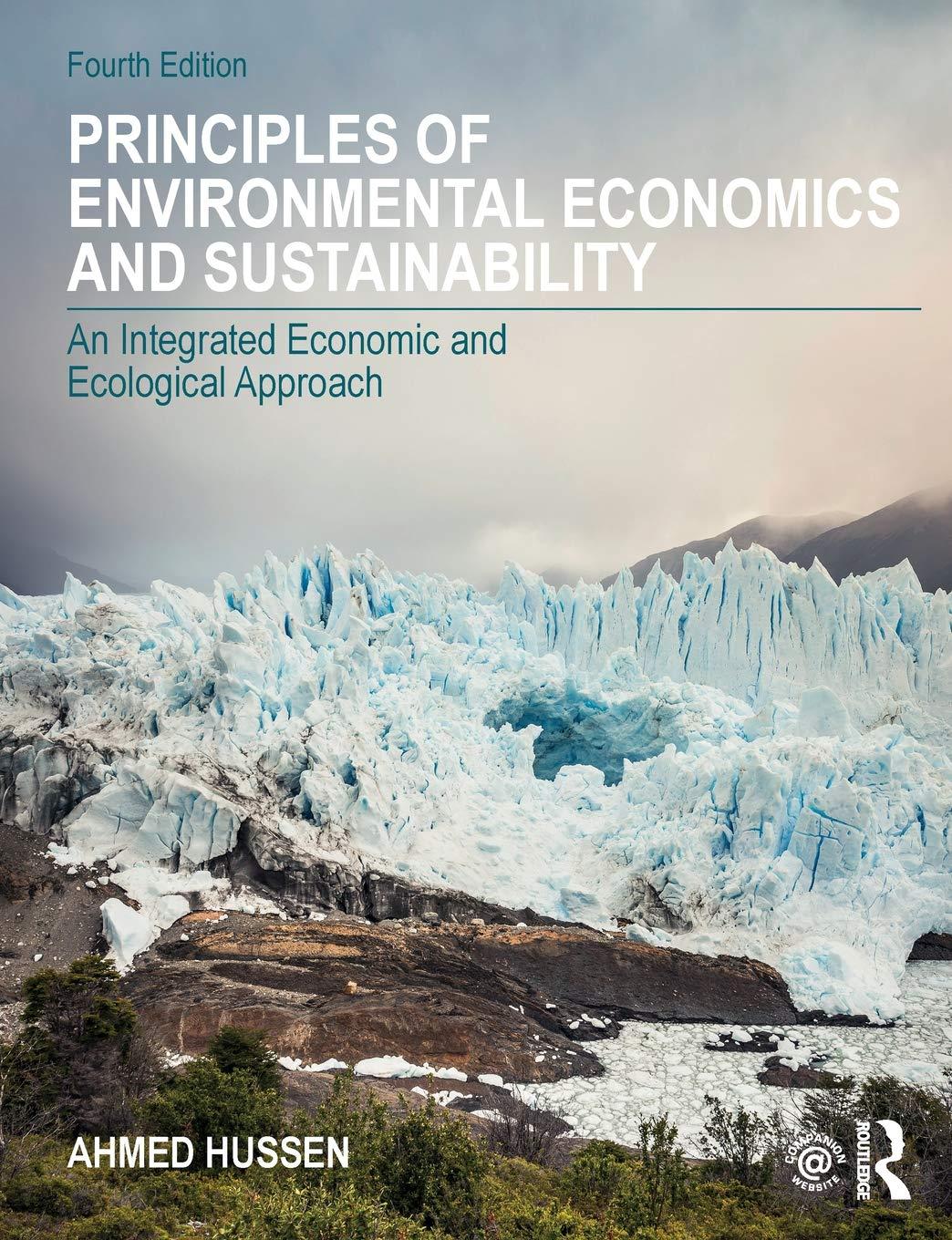In Section 14.2 three case studies are presented. These case studies clearly indicate that the gain from
Question:
In Section 14.2 three case studies are presented. These case studies clearly indicate that the gain from the adoption of "eco-efficiency" as a strategy for pollution control is most effective when it is used on a company-wide basis. In other words, a piecemeal approach to eco-efficiency yields outcomes that are far less than the ideal. Explain why this holds true.
Data from Section 14.2
As discussed in the previous section, the traditional way of controlling the wastes generated from industrial activities has been through the use of end-of-pipe technologies. This strategy of waste treatment has been considered inadequate for the simple reason that waste is not entirely precluded from re-entering the natural environment in some other way (Ayres and Ayres 1996; McDonough and Braungart 2002). For example, the environmental impact of sulfur dioxide (SO,) emission on communities living in close proximity to a coal-based electric power plant can be mitigated by requiring the company to install a tall smokestack. However, the effect of this kind of solution, so-called pollution through dilution, will be to transfer the environmental impact of pollution from the local community to the region. The same thing can be said about using landfills to store hazardous wastes, which ultimately leads to groundwater contamination. This can be a serious problem, especially when the pollutants under consideration are highly toxic or persistent (McDonough and Braungart 2002). Eco-efficiency departs from the above approach in that the focus is entirely on pollution prevention. In other words, eco-efficiency works on a fundamental principle that it is environ- mentally more effective to prevent pollution at the source rather than removing it after it has been created. At the operational level this can be achieved through the following four steps:
1. As far as possible, avoid or eliminate the discharge of highly toxic pollutants into the biosphere, such as DDT, dioxin, and so on. This step may require an externally imposed regulation.
2. Reduce waste through product design and reformulation.
3. Reuse waste materials.
4. Recycle waste materials.
Thus, the four Rs (regulate, reduce, reuse, and recycle) are the guiding principles of eco-efficiency, with the ultimate goal being to produce more using less (Hawken 1993). Note that the first R, regulation, is regarded as important for two reasons. First, toxins are highly dangerous since the natural environment lacks built-in mechanisms to deal with them effec tively. Second, businesses are unlikely to undertake tasks that tend to be too costly simply out of concern for protecting the natural environment, especially when the ownership of the environmental resources under consideration are not clearly defined, such as large bodies of water or the ambient air. On the other hand, the other three Rs (reduce, reuse, and recycle) are actions that can be undertaken willingly by businesses once they come to realize that there is money to be made by reducing waste. Since the Rio Earth Summit the focus of the WBCSD has been to create awareness in business communities throughout the world about the benefits of implementing the basic principles of pollution prevention outlined above. The main idea is this: being eco-friendly is not inconsistent with profitability. Greening business simply entails creative ways of avoiding waste in the first place and/or using waste as a resource.
Step by Step Answer:

Principles Of Environmental Economics And Sustainability
ISBN: 9780815363545
4th Edition
Authors: Ahmed Hussen





